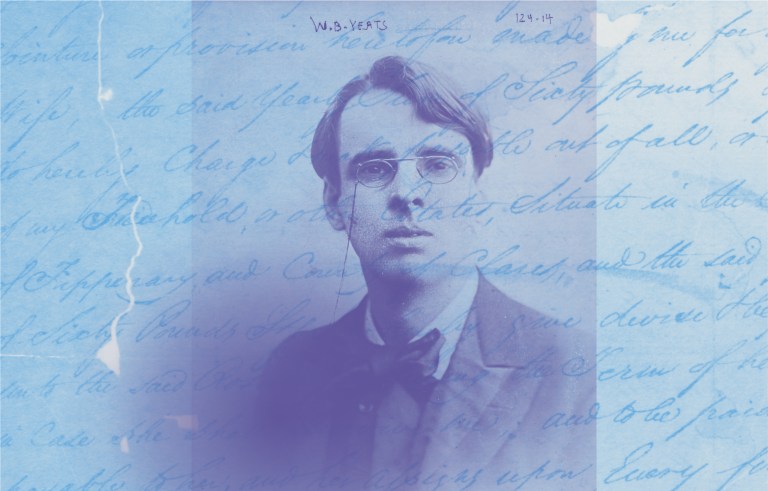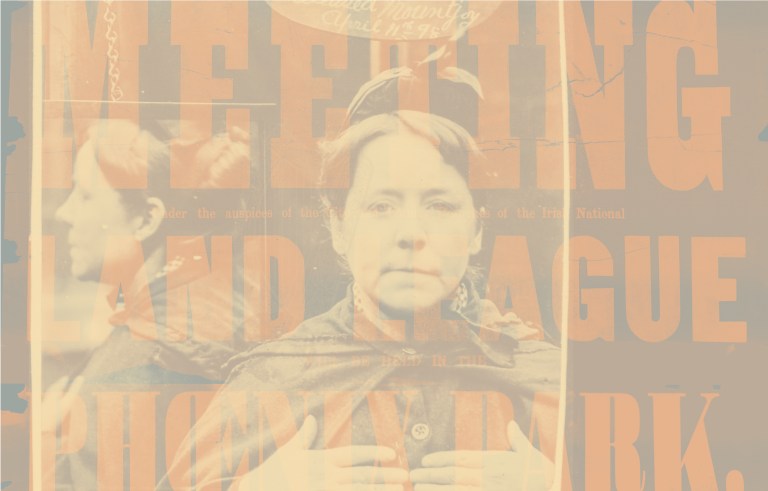
Court records
Court records are invaluable resources that provide insights into legal proceedings, decisions, and historical context.
Cuirfear aistriúchán ar fáil go luath
Ár leithscéal as an míchaoithiúlacht. Cuirfear aistriúchán Gaeilge ar an leathanach seo ar fáil go luath. Go raibh maith agat as do chuid foighneachta agus muid ag obair ar leagan uasdátaithe.
These Dublin Metropolitan Police (DMP) reports offer a unique and detailed glimpse into a pivotal period in Irish history.
These reports provide invaluable insights into the activities and movements of key Republican figures and organisations.
By examining these documents, you can gain a deeper understanding of the political and social climate in Dublin before the Easter Rising. The reports highlight significant events, meetings and rallies that shaped the revolutionary movement.
The Dublin Metropolitan Police (DMP) reports were compiled by Superintendent Owen Brien and submitted to Sir Matthew Nathan, the Under Secretary for Ireland, at Dublin Castle. These reports cover Republican activities in Dublin during the eleven months leading up to the Easter Rising. The final report was written on April 20, 1916, just four days before the Rising began.
The reports include intelligence gathered from important sites in Dublin where Republican activities were concentrated. This included Thomas J Clarke’s shop at 75 Parnell Street, the Irish Volunteers Office at 2 Dawson Street, the Irish National Forester’s Hall at 41 Parnell Square, and the Gaelic League headquarters at 25 Parnell Square.
These locations played a crucial role in the planning and execution of the Rising. The reports also introduce you to individuals at the forefront of the Irish independence movement.
The reports highlight major events from 1915 and 1916, including the funeral of Fenian leader Jeremiah O’Donovan Rossa on August 1, 1915 (CSO/JD/2/51), and the Annual Convention of Irish Volunteers on October 31, 1915 (CSO/JD/2/124). They also note the travel of suspects to events outside Dublin, like the annual pilgrimage to Bodenstown, County Kildare, for commemorations at Theobald Wolfe Tone’s grave on June 19, 1915 (CSO/JD/2/16).
Other recorded activities include anti-recruitment and conscription rallies, meetings of the Irish Women’s Franchise League and protests against the imprisonment of revolutionaries under the Defence of the Realm Act.
Over 230 individuals are mentioned in the reports, mainly members of the Irish Volunteers, the Irish Republican Brotherhood and Sinn Féin.
Thomas J Clarke is a primary person of interest, appearing in almost every report. Other frequently mentioned individuals include:
The reports also contain copies of nationalist newspapers, highlighting anti-British content, as well as pamphlets and election materials. Publications mentioned include: The Workers’ Republic, Ná Bac Leis, Nationality, The Hibernian, The Irish Volunteer, The Spark, Honesty and New Ireland.
The detailed surveillance and intelligence gathered by the DMP provide a comprehensive picture of the time.

Court records are invaluable resources that provide insights into legal proceedings, decisions, and historical context.

The Chief Secretary’s Office Registered Papers (CSO/RP) consists of correspondence received between 1818 and 1924 by the office of the Chief Secretary, which oversaw the administration of Ireland following the Act of Union in 1800.